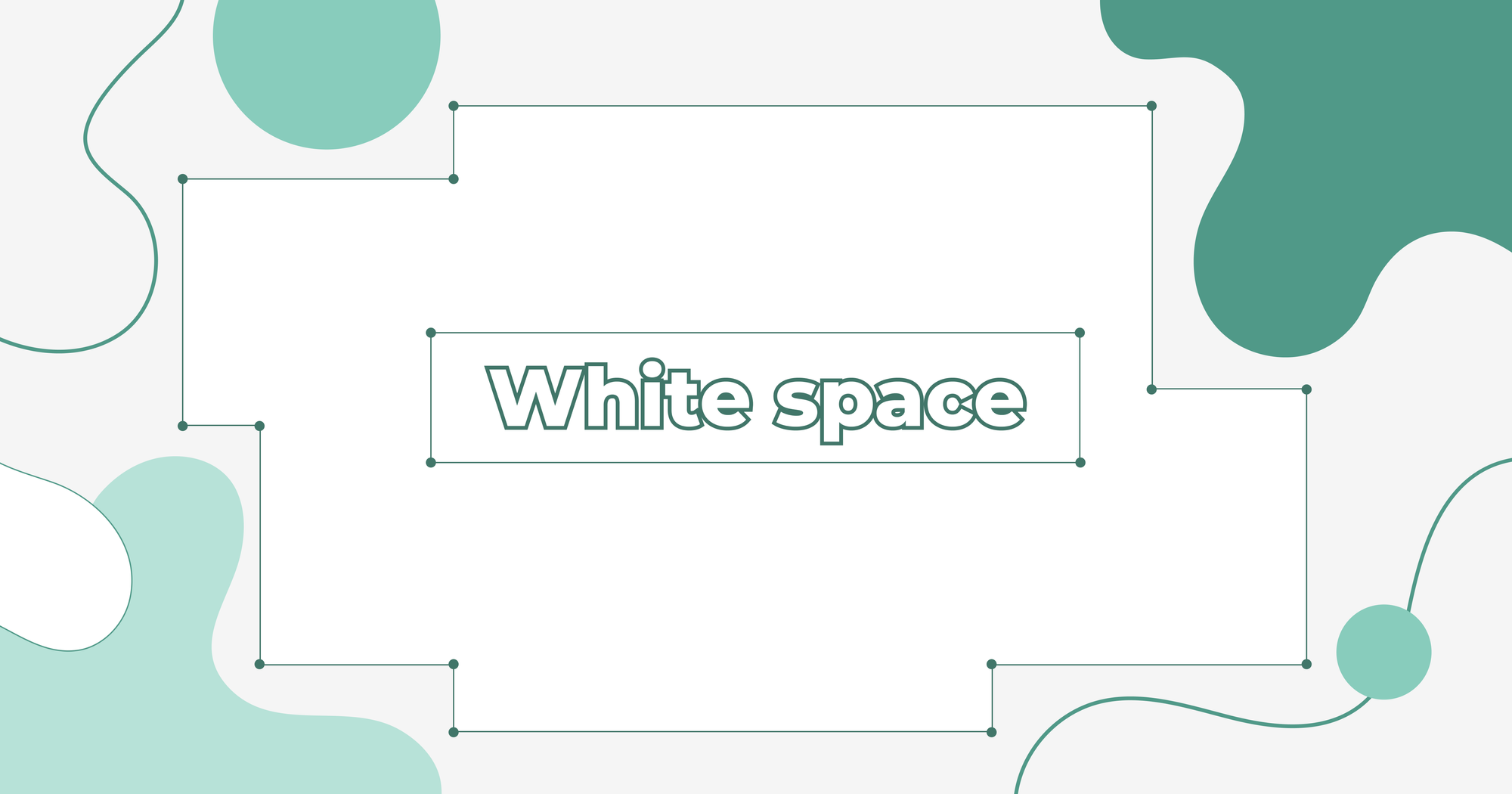Imagine visiting a website where everything feels just right: the text is easy to read, buttons naturally catch your eye, and the page doesn’t overwhelm you. Often, this sense of harmony is achieved through the strategic use of white space.
What is white space?
White space, also known as negative space, refers to the empty areas in a design that are free of text, images, or other elements. It helps structure content, establish visual hierarchy, and enhance the user experience by making designs more digestible and visually pleasing.
Contrary to its name, white space doesn’t have to be white — it can be any background used to separate or emphasize elements. When used effectively, white space not only adds aesthetic appeal but also improves functionality, facilitating intuitive navigation and better user interactions.
Types of white space in web design:
- Micro white space. The gaps between letters, words, lines of text, or small elements like icons. Adjusting micro spacing ensures readability, particularly across different devices. For example, increasing line spacing makes text easier to read on mobile screens.
- Macro white space. The larger spaces between sections like headlines, images, or buttons. This helps create balance and structure, clearly distinguishing primary elements from secondary ones.
- Active white space. Purposefully left empty to draw attention to specific elements, such as call-to-action (CTA) buttons.
- Passive white space. Unintentional gaps resulting from poorly arranged elements, which can create a chaotic design. Reducing passive white space enhances clarity and visual harmony.
How white space enhances web design?
- Establishes visual hierarchy.
White space helps organize elements by importance, separating headlines, text, and images to guide users toward the most relevant information. - Improves focus on key elements.
Surrounding key components like CTA buttons, forms, or products with white space makes them stand out and grab attention more effectively. - Enhances text readability.
Proper spacing between lines, paragraphs, and text blocks ensures readability, especially for lengthy articles or landing pages. - Boosts user interaction.
A well-structured design with adequate white space reduces visual clutter, creates intuitive navigation, and leaves users with a positive impression. - Elevates brand aesthetics.
Thoughtful use of white space reinforces brand identity. Minimalist designs with ample negative space convey modernity and elegance, while dynamic layouts can evoke energy and vibrancy.
White space is a powerful tool for creating a harmonious and functional interface. When used wisely, it improves content perception, enhances page aesthetics, and strengthens user interaction with your site. The result is a design that’s not only visually appealing, but also effective — one that stands out in a competitive digital landscape.

